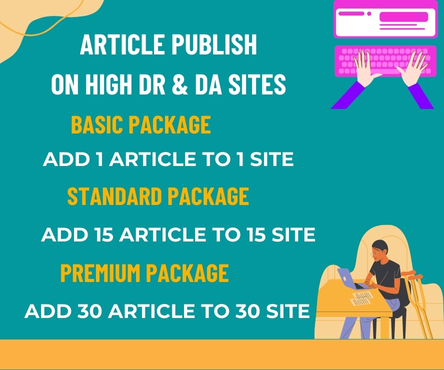In the vast and intricate landscape of customer experience, there exists a silent narrative that often goes unnoticed – the struggles, frustrations, and challenges customers face when interacting with a product or service. These obstacles, known as Customer pain points, are pivotal in shaping customer satisfaction, loyalty, and ultimately, the success of a business. Understanding and addressing these pain points is not just beneficial; it’s crucial for businesses aiming to thrive in today’s competitive market.
What Are Customer Pain Points?
Customer pain points are specific problems or challenges that potential or existing customers experience. These issues can arise from various aspects of a product or service, including its features, pricing, usability, support, or overall value proposition. Pain points can manifest as frustrations, annoyances, or even significant barriers that hinder customers from achieving their goals or meeting their needs effectively.
Types of Customer Pain Points
- Financial Pain Points: These involve concerns about cost, value, or budget constraints. Customers might perceive a product or service as too expensive or not worth the investment.
- Productivity Pain Points: These are related to inefficiencies, lack of features, or difficulties in using a product or service, which hinder customers from achieving their objectives efficiently.
- Process Pain Points: These pain points arise from cumbersome, complicated, or time-consuming processes involved in purchasing, onboarding, or using a product or service.
- Support Pain Points: These involve difficulties in getting help, support, or service from the company. This can include unresponsive customer service, lack of resources, or inadequate solutions to problems.
Why Customer Pain Points Matter
- Customer Retention: Unaddressed pain points can lead to customer dissatisfaction, which in turn increases the likelihood of customers switching to competitors. Retaining customers is often more cost-effective than acquiring new ones.
- Word of Mouth: Frustrated customers are more likely to share their negative experiences with others, potentially damaging a brand’s reputation. Conversely, resolving pain points effectively can lead to positive word of mouth.
- Competitive Advantage: Businesses that understand and address customer pain points can differentiate themselves from competitors, attracting customers who are seeking better solutions to their problems.
- Product Development: Identifying pain points provides valuable insights for product development and improvement. By addressing these issues, businesses can enhance their offerings, making them more appealing and effective for their target market.
How to Identify Customer Pain Points
- Customer Feedback: Collecting and analyzing feedback through surveys, reviews, and direct communication can reveal common themes and issues.
- Customer Journey Mapping: Mapping out the customer journey helps in pinpointing specific stages or touchpoints where pain points occur.
- Social Media Listening: Monitoring social media platforms for mentions of your brand or product can provide insights into customer frustrations and challenges.
- Sales and Support Interactions: Sales and support teams often have direct insight into customer pain points. Their feedback can be invaluable in identifying and addressing these issues.
Addressing Customer Pain Points
Once identified, businesses must prioritize and address these pain points effectively. This might involve product improvements, process streamlining, enhanced customer support, or more effective communication about the value proposition. By actively working to resolve customer pain points, businesses can improve customer satisfaction, foster loyalty, and ultimately drive growth and success.
In conclusion, customer pain points are a critical aspect of the customer experience that businesses cannot afford to overlook. By understanding, identifying, and addressing these challenges, companies can not only improve their products and services but also build stronger, more meaningful relationships with their customers. In today’s customer-centric business landscape, turning a keen eye towards these unspoken struggles can be the difference between thriving and merely surviving.

